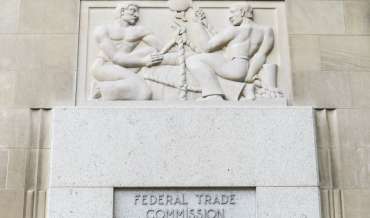Class members in a recent Telephone Consumer Protection Act (TCPA) class action settlement—Charvat v. Valente, No. 12-cv-05746, 2019 U.S. Dist. LEXIS 187225 (N.D. Ill. Oct. 28, 2019)—each received approximately 2.5% of the payout that they were originally promised.
The case involved three cruise lines and a travel agency who were accused of using an automated telephone dialing system (ATDS) to call consumers without their consent. The case was eventually settled for $12.5 million. The original estimate for what each class member could expect to receive was $900 but the case received a significant amount of press coverage and, as a result, more people filed claims than had been expected. Of course, the settlement pool remained unchanged so instead of $900, each class member received payouts that averaged $22.17—approximately one-fortieth of the original $900-per-claimant estimate.
Some class members filed objections to the low payments, but the court still approved the settlement, noting that the unhappy claimants merely endured “the experience of receiving the recorded calls or messages at issue lasted only seconds…Given the low harm…the Court finds objector concerns regarding the low payout rate to be unwarranted…” In fact, the court halved the incentive award for the named plaintiff from $50,000 to $25,000.
So with all of the class members and the named plaintiff taking significantly less money than they had originally believed they would receive, the class counsel must have also had to accept a smaller payment, right? Wrong. The court approved a market-rate fee of $3.15 million—slightly more than one-third of the total settlement—for the attorneys.





